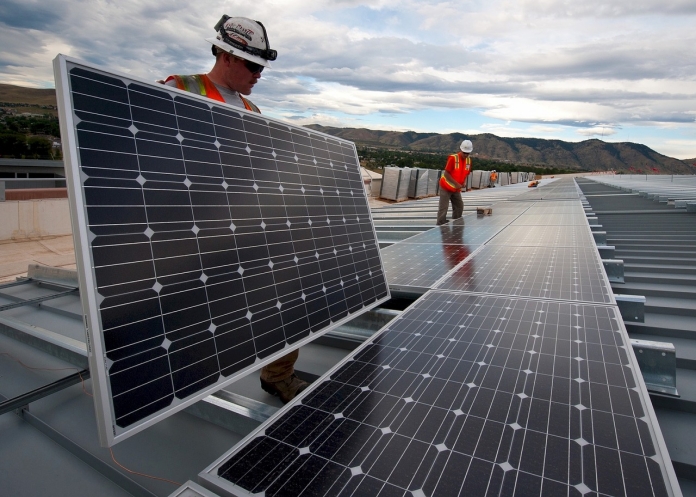Due to the fact that global warming is a real thing, and that the consequences can already be seen, we all need to start doing something about it. And the best place to start is your own home.
However, occasional recycling and showering instead of bathing is no longer enough – more needs to be done in order to make an impact, like eco-friendly building. With that in mind, here’s how you can make your home as green as possible from the foundations to the roof.
Build smaller
Bigger is not always better, especially when it comes to the carbon footprint. So, unless you have a big family, consider building a home that actually fits your needs. In other words – don’t make it larger than necessary. After all, no matter how green you make your home, a smaller house will always have a lesser impact on the environment. Of course, this doesn’t mean that you have to sacrifice the quality of your life. There are many creative design techniques that would allow you to make use of every inch of your home.
Plus, there are many benefits of smaller homes, from lower utility bills to easier decorating. Not to mention that a smaller house usually means a bigger backyard. This means that you’d have more room for the pool, kids’ playground, outdoor kitchen, pets, or anything else that you would enjoy. Therefore, be thoughtful about designing your house, and keep your desired lifestyle in mind.
Use solar power
Going solar is one of the best-known ways of going eco-friendly. After all, solar panels are one of the most sustainable ways of generating your own energy. Plus, by planning ahead while your house is being built, you’d have a chance to actually adjust your home to your solar power system. As for the benefits, needless to say, your bills would be lower, and you wouldn’t be affected by unexpected power surges. There are also many grants, tax breaks, and other law-related benefits. Additionally, solar systems are not difficult to maintain, so they really should be a part of every eco-friendly home.
Choose eco-friendly materials
From the flooring to the furniture, you should always try to use sustainable materials. Wood is a good choice if you can find a manufacturer that follows sustainable planting techniques.
You can also use reclaimed wood for both your flooring and furniture items. Bamboo is also a great choice, and you can find some very stylish blinds and covering solutions – which would look great in your big backyard.
In short, everything that is recycled – and can be recycled after you no longer need it – is a good choice. Speaking of manufacturers, there are environmentally aware companies, like King Living, that are committed to environmental sustainability through the product design, manufacturing, and packaging processes, and use recyclable and biodegradable materials.
The construction methods can also be sustainable. Some building companies do not mind going the extra mile in order to create less waste. So, keep that in mind when choosing your contractor as well.
Keep your roof cool
In case your solar panels would not be covering your roof, you should look for ways to keep it cool. Keeping it cool would allow you to control the temperature inside much more easily, and you can rest assured that there would be a difference in your home’s energy efficiency.
So, you can opt for eco-friendly materials that cool faster at night and absorb less heat during the day, like terra cotta, white tiles, and slate. Or, you can choose something known as “living roof”, and actually cover your roof with greenery. It’s one of the best and greenest ways to insulate your home – and it’s also one of the best ways to make it stand out. Moreover, all of the listed choices are fairly easy to maintain, so besides the initial costs, you wouldn’t need to invest too much in your roof’s maintenance.
Don’t skimp on doors and windows
People usually invest a lot in good wall insulation only to forget about their doors and windows. However, if your doors and windows are not properly sealed, have no doubt that the air will find its way through the cracks – and it will be noticeable. So, don’t skimp on this little detail. After all, the price of quality doors and windows would definitely be lower than it would cost you to keep your home at a comfortable temperature with bad insulation.
If you truly care about our planet, your home should represent your eco-conscious ideals. Above-listed tips are only some of the many ways of going green, but they are a great start. So, from the moment you start building your house, opt for sustainable materials and think about all the ways in which you can make it greener and more comfortable for you.

Small is beautiful.